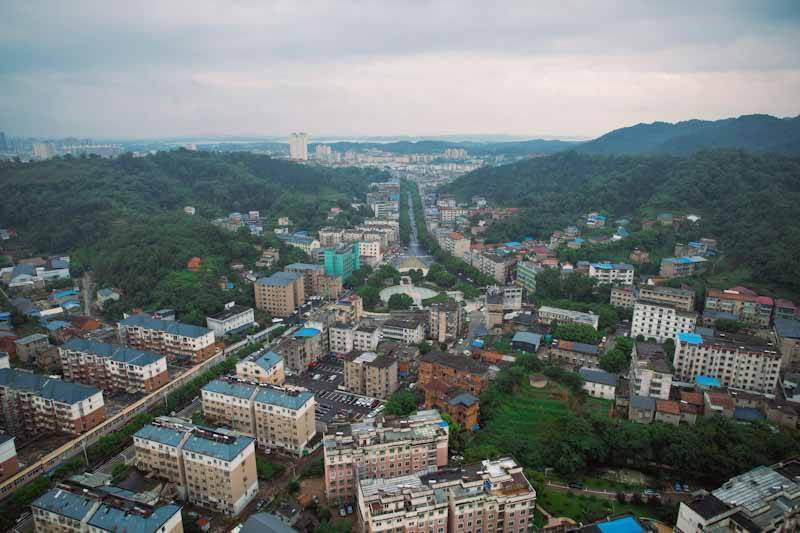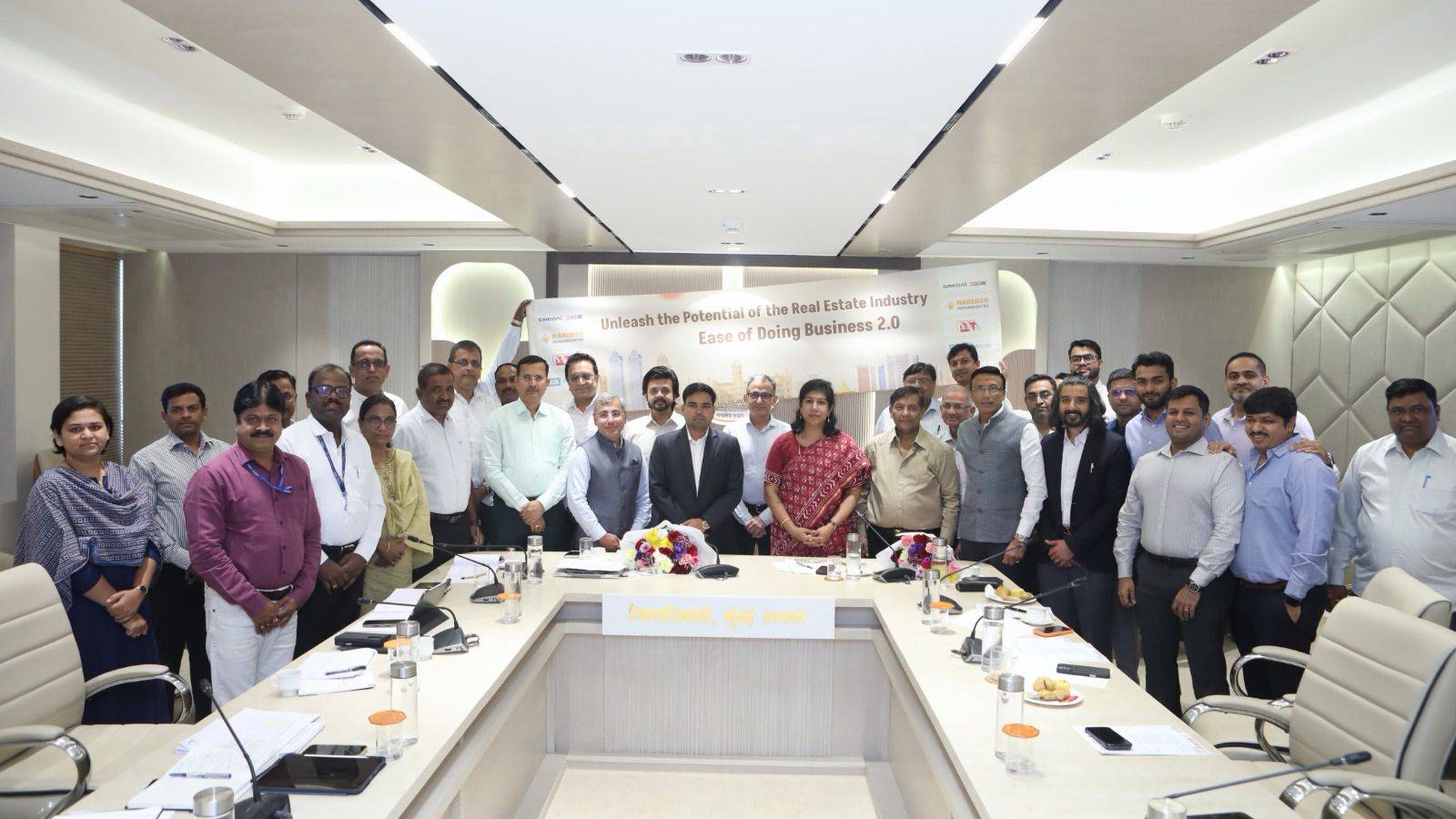The government of Kerala, led by Chief Minister Pinarayi Vijayan, recently announced plans for the construction of 1,000 houses under the Wayanad Township Project. These houses will be single-story structures, each with an area of 1,000 square feet. Interestingly, the design will include provisions for adding a second floor in the future. The primary focus of this project is to provide resettlement housing for families affected by natural disasters, as well as those living in unsafe areas.
The project is set to move forward rapidly, with the state government preparing to issue tenders for the construction within a week, pending final approvals. The entire tender process is expected to be completed by December 31, ensuring that the project remains on track for a swift rollout. One of the key aspects of the project is the use of the Engineering, Procurement, and Construction (EPC) model for execution, ensuring that the entire process is handled efficiently from the planning stage through to completion.
The government has also announced that the acquisition of land for the construction of these model townships will be expedited. Two specific sites have been identified for the project: the Nedumbala Estate in Meppadi panchayat and the Elstone Estate in Kalpetta municipality. These locations have been chosen due to their suitability for the construction of townships that will house disaster-affected families. The acquisition process will be streamlined under the provisions of the Disaster Management Act, allowing the government to move forward without delays caused by bureaucratic red tape.
The project adopts a comprehensive approach, focusing not only on housing but also on creating employment opportunities and promoting sustainable livelihoods for residents. The resettlement plan aims to facilitate livelihood options, particularly for women, by providing training and support for their chosen occupations, thus enabling them to contribute to their family income. Additionally, the government recognizes the importance of assisting individuals running small businesses from rented spaces, ensuring they can continue their operations in the new townships.
The housing construction process will not be limited to just government efforts. The project has been designed to accommodate contributions from private sponsors and donors who are interested in aiding the rehabilitation process. Special facilities will be set up to receive material donations from sponsors, and there will also be opportunities for financial contributions towards the construction of houses and other essential township facilities. Detailed discussions with potential sponsors will be conducted to finalize the specifics of this arrangement.
The township project is divided into two phases. The first phase will focus on resettling families who lost both their homes and land in recent natural disasters, while the second phase will cater to families currently living in unsafe and disaster-prone areas. The government has also outlined a process for ensuring transparency in selecting beneficiaries for the housing program. A draft list of potential beneficiaries will be published by the district collector, and the revenue department will issue detailed instructions to finalize the selection. This process aims to ensure that those most in need are given priority in the resettlement plan.
Moreover, the project aims to offer more than just basic housing. Farming facilities will be integrated into the township layouts to enable families to grow their own food and contribute to their financial independence. This aspect of the project underscores the government's commitment to providing a sustainable living environment for the residents of the new townships.
In addition to housing and livelihood opportunities, the township project is designed with long-term planning in mind. The provision for expanding the houses to two floors is a key element in ensuring that the housing remains adaptable to the changing needs of families over time. This flexibility in design reflects the government's foresight in planning for the future growth of the population in these townships.
The Wayanad Township Project is an ambitious initiative by the Kerala government to address the pressing need for resettlement housing in the state, particularly for those affected by natural disasters. By focusing on a comprehensive approach that includes housing, livelihood opportunities, and community support, the government aims to create a model for future resettlement projects.
As the project moves forward, it will be closely watched for its execution and the impact it has on the affected communities. The government’s ability to meet its ambitious targets will play a critical role in determining the success of this initiative and could serve as a model for similar projects across India.









.png)